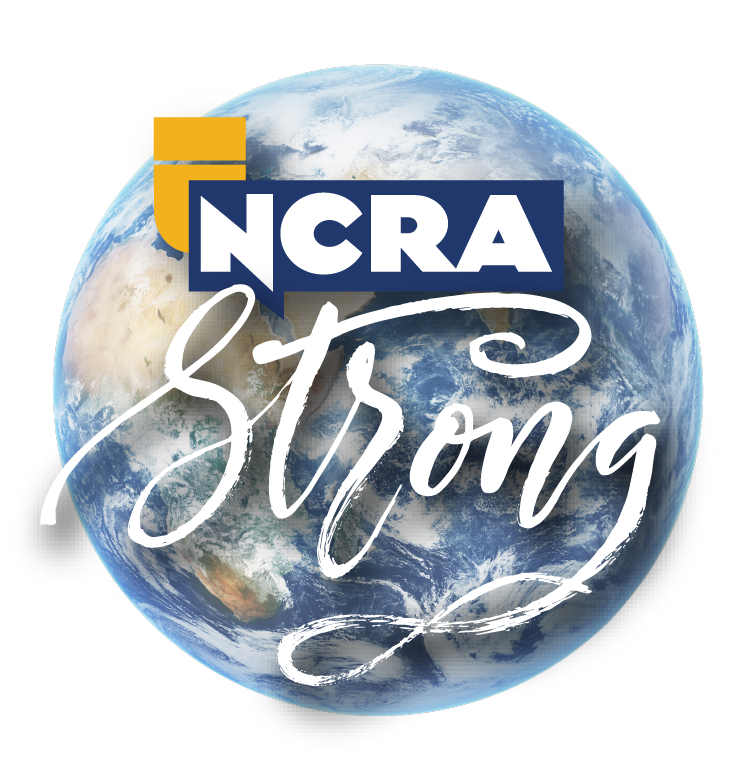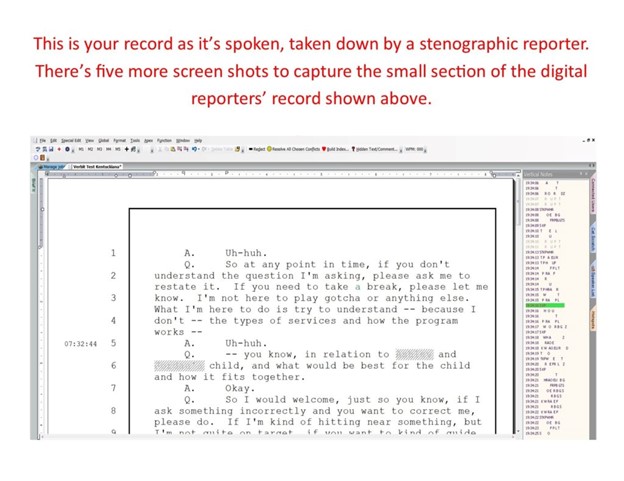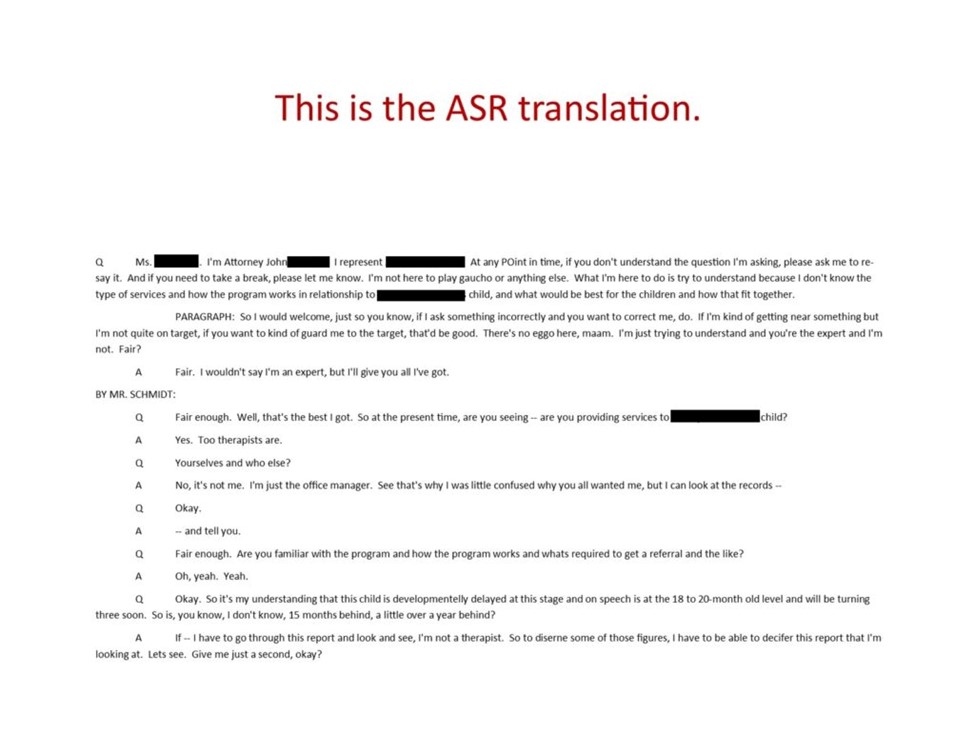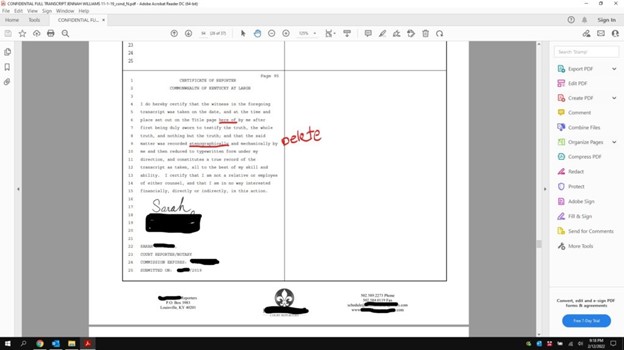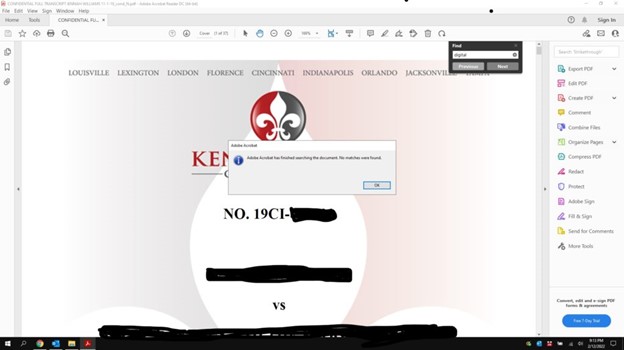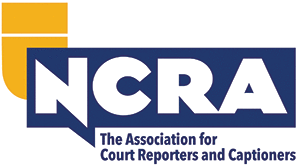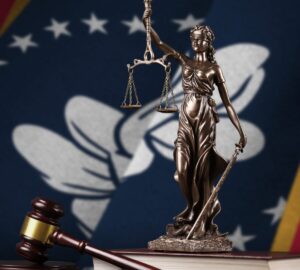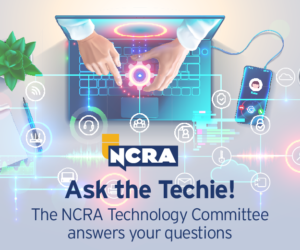By Lisa Migliore Black
I’ve received multiple complaints about the quality of transcripts lately. (No, not those produced by my firm.) In each and every instance it has been the same local company, and it’s always a digital reporter who appeared as the officer before whom the deposition was to be taken rather than a stenographic court reporter. Most people believe that for testimony at a hearing or trial to be admissible in evidence the testimony can be proved by a transcript certified by the person who reported it. That’s how stenographic court reporters operate. Not so with digital reporters. They record the proceedings. Thereafter, a transcriptionist or team of transcriptionists — who did not witness the proceedings and cannot verify the accuracy of the audio recording personally — transcribe the proceedings.
Digital reporting isn’t new on the scene in Kentucky, and neither are the complaints about quality. Perhaps the poor quality of deposition transcripts produced by digital reporters is more prominently coming to light of late because trials have resumed after COVID-19 closures.
I am a proud stenographic court reporter, and this is what my stenographic notes and simultaneous record look like. For the highly trained eye, it’s not perfect at first pass, but it’s worlds better than a digital reporter’s “tag notes” of the same file shown above.
My stenographic notes, with the aid of realtime technology, create a simultaneous record translated into English. Words that aren’t already in my database will come up in steno. Any stenographic court reporter can read it, but the average person cannot until I enter the steno-word combination into my dictionary for that job or a lifetime of jobs. I can accomplish that during the proceedings or later when editing the transcript.
My typical translation rate is 99.8 or 99.9 percent, which means my editing time is far less than someone who must type the proceedings from scratch from a recording. With a digital reporter’s transcript, the person typing up the proceedings often isn’t the same person who was there recording it; yet the recorder is the person who certifies the written transcript, often sight unseen. An audio recording of the proceedings is merely a backup tool for a stenographic court reporter. For digital reporters the audio recording is their only record that’s of any use, a method of capture that can be compromised by poor audio quality, background noise, and technical or user failure.
While digital companies now claim that they can offer realtime services with the aid of automated speech recognition, ASR companies require five to eight transcriptionists to keep up with a single stenographic reporter (which can raise additional concerns about the confidentiality of our court records). It’s not hard to see why so many additional human beings are needed behind the scenes to prop up technology that’s not ready to be unleashed on our court system.
It should be noted that the only reason I can make a side-by-side comparison of the same proceedings is because the full audio recording of the proceedings captured by the digital reporter (along with her tag notes, the notice, job notes, and an ASR transcription) was released without the permission of the witness, litigants, or their attorneys to a third-party ASR transcription company.1 The files from a nonpublic Kentucky deposition were then made available for download to an undisclosed number of recipients to test transcriptionists for potential employment – the testimony of a medical care provider in a family law case involving minor children that would not have been available to nonparties for all of these reasons.
While digging deeper into the complaints I’ve received about quality issues, it’s not hard to imagine why attorneys and the general public might be confused as to the qualifications of the reporter or how the record was actually captured, because the digital reporters’ transcripts are certified as being “recorded stenographically and mechanically.” Court reporting firms that promote digital reporting do so by claiming it is high-tech and state of the art. Yet if one searches the entire transcript, there are no search results for the word “digital.” One sample is below, but I have multiple. Ironically, the same typographical error appears on all of them. Another contains typographical errors such as “typwritten.”
Merriam-Webster defines “stenographic” as 1) the art or process of writing in shorthand; 2) shorthand especially written from dictation or oral discourse; 3) the making of shorthand notes and subsequent transcription of them.
Perhaps the digital reporters were just provided a template certificate by the firm they work for and aren’t purposefully trying to misrepresent the facts on the certificate they sign stating the transcript is true and accurate. Naiveté could explain the misinformation, given that most of the digital reporters working in Kentucky have not completed the specialized training that stenographic reporters have.2
But the potential also exists that this misrepresentation of the manner in which the record was taken down and the omission of any reference to “digital” is a purposeful deception meant to confuse consumers. Furthermore, representatives of organizations promoting digital reporting and ASR3 cite an increase in the adoption of digital reporting, but they conflate adoption with “out of sight, out of mind” because attorneys and litigants can’t readily see whether the court reporter is actually using a stenographic machine when appearing remotely on videoconferencing platforms.
It is my opinion that typing the few words that a digital reporter can capture on a QWERTY keyboard is not shorthand, it’s just really bad typing, and attorneys themselves likely take more useful notes than these:
00:02:46 Question 12/17/2020 3:04:05 PM -1 -1
00:03:11 I WOULD WELCOME.. IF I ASK SOEMTHING INCORRECTION.. BUT IM NOT WUITE ON TARGET.. THERES NO EGO HERE AMME.. UR THE
So don’t be fooled by doublespeak, buzz words, sales pitches, or misleading certificates in your transcripts. Stenography is the gold standard. Digital recording is merely third-party transcription after the fact masquerading as new technology. Know the difference, demand the real thing, or you just might be going to trial with transcripts that aren’t worth the paper they are certified on.
Lisa Migliore Black is a freelancer and agency owner from Louisville, Ky., and a member of the NCRA STRONG Committee. She can be reached at Lisacr99@hotmail.com.
ENDNOTES:
2https://www.courtreporteredu.org/digital-court-reporter: “Unlike traditional stenographers, who enter the proceedings using shorthand and into a stenotype machine, digital court reporters usually have a much different set of qualifications and skills. In fact, digital court reporters have no need to learn shorthand and the stenotype machine.”
3Verbit Presentation, August 2021.
Images as PDFs:
Sample digital reporter transcript
